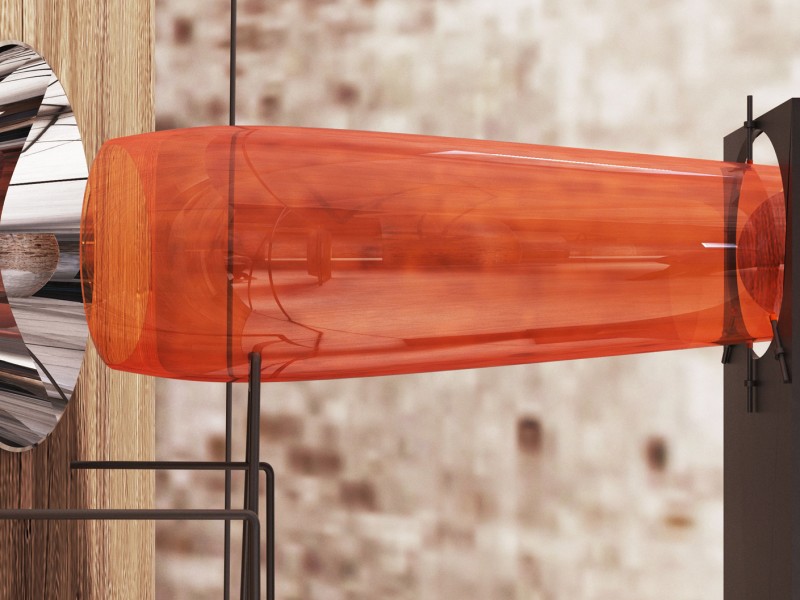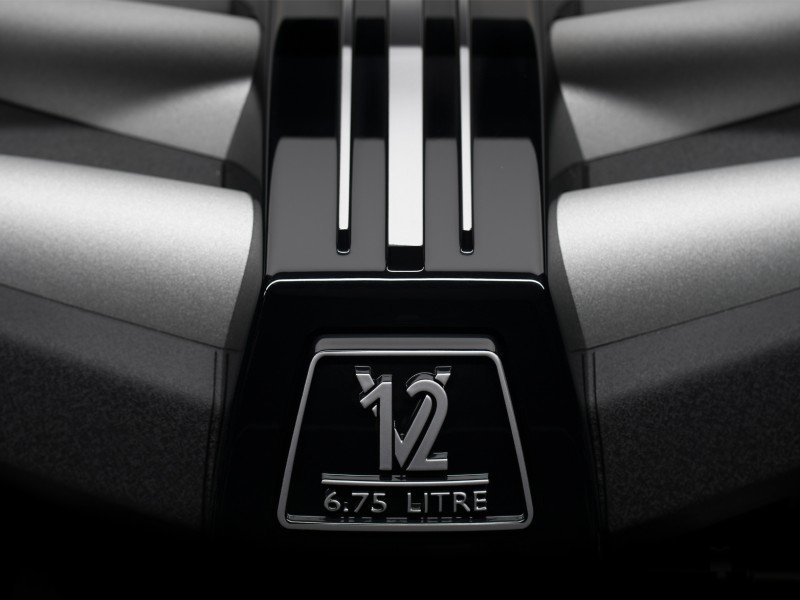On November 3, 1990 I enjoyed breakfast at Jimmy Watson’s restaurant in Adelaide, Australia. The food was great but the reason I remember sitting at the corner table had less to do with the menu and everything to do with my hosts. An elderly couple sitting opposite a young cadet journalist like me was an odd match but I was there to interview a man his peers simply referred to as the maestro.
Forget that generations of fans idolised Juan Manuel Fangio as the greatest racing driver of all time, it was his competitors like Stirling Moss, Mike Hawthorn and Peter Collins who looked up to him the most.
The well dressed, elderly man sitting opposite was none other than J.M. Fangio, a quietly spoken gent who not only survived the most dangerous era of racing but debuted at an age when many were retiring and then went on to win five world championships. For more than half a century after his retirement, Fangio maintained the greatest winning percentage in Formula One history.
Well dressed in a casual way with a tailored blue, open neck shirt, white chinos and a cream sports jacket. An immaculately folded handkerchief protruded from his top pocket to match the cravat neatly tucked around his neck and into his shirt.
With graying, slicked back hair, the then 79-year old’s statuesque figure and broad shoulders contradicted a surprisingly humble personality that smiled frequently during our discussion. His eyes gave away a lifetime of stories without needing words while his softly-spoken, even mousy voice, contradicted his masculine frame and the fighter pilot-style stories he regaled.
“In 10 years of racing, 30 drivers, most of whom were my friends, were killed behind the wheel,” Fangio said.
His voice trailed off in that way many old Grand Prix drivers do when they talk of friends that will stay forever young and in some ways you can see an almost resentment in his eyes when you talk about the safety and financial comfort of modern day racers.
“I have very little contact with current drivers but when I do talk to them, it is not about racing. Modern drivers can retire after winning one world championship, I won five championships and I still had to go to work.”
After retiring at the age of 47 in 1958, Fangio turned to selling cars and picked up the Argentine Mercedes concession before being appointed president of Mercedes-Benz Argentina in 1974.
One of six children, Fangio’s parents were hard working Italian immigrants from the Abruzzi region who settled in Balcarce, Argentina and sent young Juan off to work as a mechanic at the age of 11 in 1923. It was in these formative years that he gained the vital skills he would use to magnificent effect decades later to nurse injured race cars across finish lines all over Europe.
Fangio’s first taste of racing came in cross-country endurance marathons piloting crude, self-prepared V8 Fords around Argentina for up to four weeks at a time. Overcoming astonishing hardships and the death of a close friend in a roll-over accident, Fangio scored many victories before moving to Europe to begin Grand Prix racing at the age of 38.
"Most of us who drove quickly were bastards," his rival and Mercedes team mate, Stirling Moss once said.
Moss, who coined the maestro name said he loved Fangio like a father. "I can't think of any facets of Fangio’s character which you wouldn't like to have in your own," he added.
In seven Formula One seasons, Fangio was world champion five times with four teams and runner-up twice. In his 51 championship Grands Prix he started from the front row 48 times (including 29 pole positions) and set 23 fastest race laps en route to 35 podium finishes, 24 of which were victories.
He won two championships with Mercedes-Benz and one each for Alfa Romeo, Ferrari and Maserati.
Enzo Ferrari never cared for Fangio after he moved to the Scuderia in 1956 to replace Alberto Ascari who was killed while testing a Ferrari sports car at Monza.
Despite winning his fourth title with Ferrari, Enzo insisted it was his car and not Fangio which won the title even though Fangio was forced to use his team-mate's car for the Argentinian, Monaco and Italian GPs after his own car suffered continual mechanical problems.
Yet Ferrari quipped after his star driver moved on to arch rival, Maserati; "Fangio did not remain loyal to any marque and used every endeavour to ensure that he would always drive the best car."
Stirling Moss was quick to point out why Fangio won so many championships.
"Because he was the best bloody driver! The cheapest method of becoming a successful Grand Prix team was to sign up Fangio."
Related Features
-
250
-
-
-

